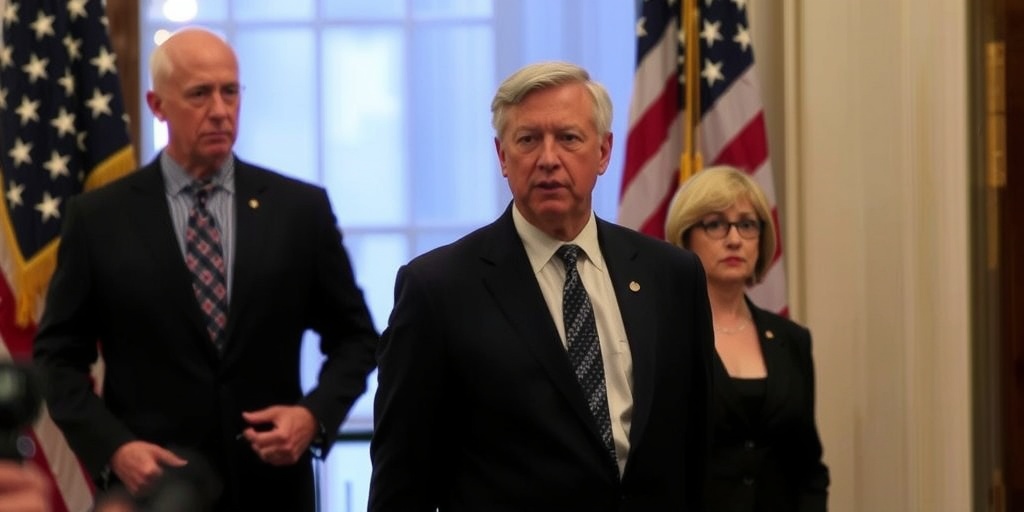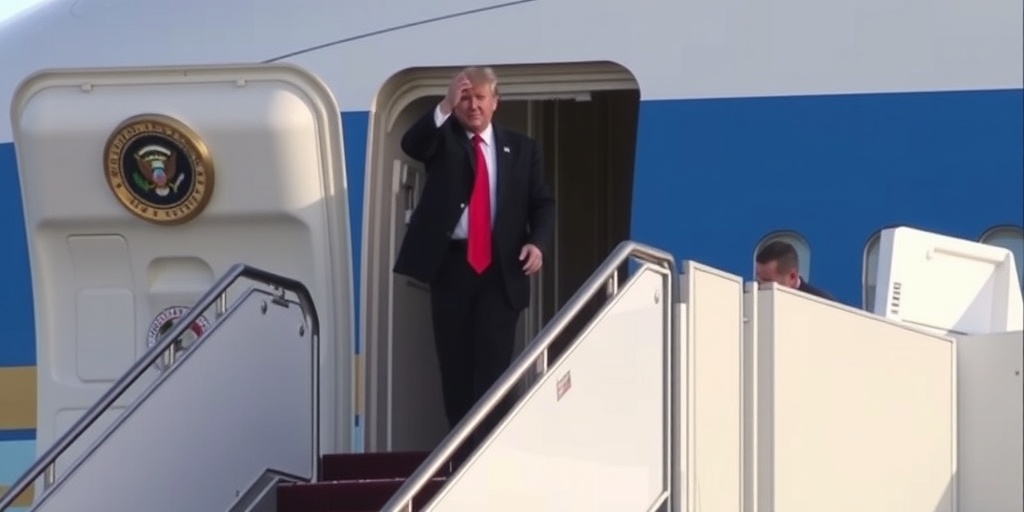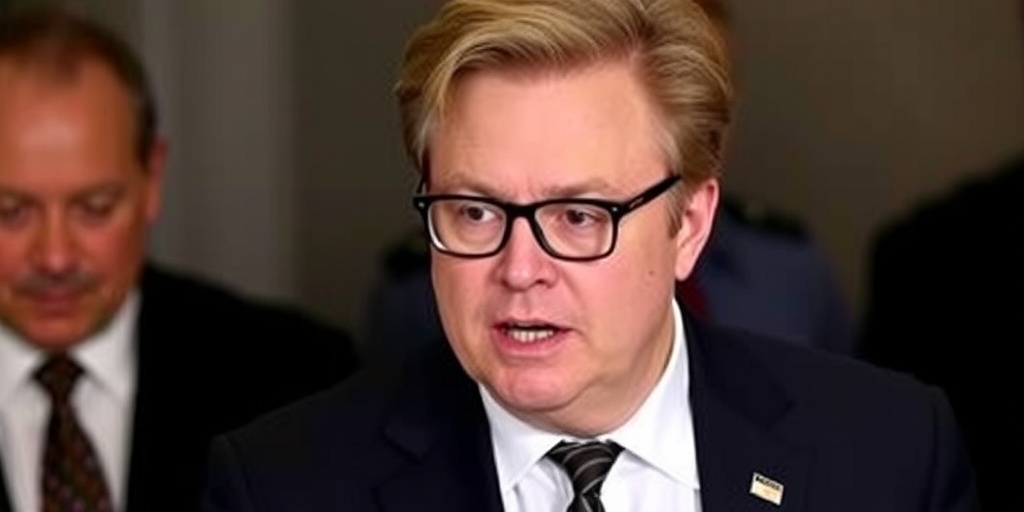Now Reading: CIA Expands Covert Drone Operations in Mexico
-
01
CIA Expands Covert Drone Operations in Mexico
CIA Expands Covert Drone Operations in Mexico

U.S. Expands Covert Drone Operations Over Mexico to Combat Fentanyl Production
The United States is intensifying its covert drone operations over Mexico in an effort to locate and disrupt fentanyl production labs, as part of a broader strategy aimed at combating powerful drug cartels. According to various U.S. officials, the covert operation, which involves monitoring facilities linked to fentanyl manufacturing, was initiated during the Biden administration and reflects a shift toward a more aggressive stance against drug trafficking organizations.
Initially highlighted during the Trump administration, promises to escalate actions against Mexican drug cartels included increasing the frequency of drone flights, which serve as a critical tool in identifying illicit drug production sites. The Central Intelligence Agency (C.I.A.) has been strategically deployed for these operations, although it has not been authorized to engage in lethal strikes; instead, intelligence gathered from these flights is shared with Mexican authorities for further action.
U.S. officials have indicated that these surveillance flights are conducted deep within Mexican airspace, raising concerns over national sovereignty in Mexico. The Mexican government has made some moves to address U.S. concerns, including deploying 10,000 troops to its northern border to combat smuggling. However, U.S. officials maintain that more robust actions are necessary, urging Mexico to take stronger measures to dismantle fentanyl labs and seize trafficking routes.
The drone missions have shown effectiveness in detecting fentanyl labs, which can be identified from the air due to the chemical emissions involved in their production. Despite previously gathering intelligence that resulted in some arrests, the Mexican government has faced criticism for its slow response to issues surrounding these labs. Officials involved in the program have emphasized the importance of maintaining the confidentiality of their discussions regarding the classified intelligence efforts and the delicate diplomatic relationship between the two nations.
Despite the potential benefits of enhanced intelligence sharing, apprehension exists within Mexico about increased U.S. surveillance. The historical context of U.S. military interventions has made many in Mexico wary of foreign involvement in its domestic affairs. At a recent press conference, Mexican President Claudia Sheinbaum downplayed the significance of the drone flights, framing them as a continuation of longstanding U.S.-Mexico cooperation rather than an intrusion into Mexican sovereignty.
In tandem with the C.I.A. drone flights, the U.S. Northern Command is enhancing its surveillance operations along the border, solidifying intelligence gathering without breaching Mexican airspace. This military branch has executed over 20 surveillance flights utilizing advanced aircraft, including U-2s and drones, to monitor trafficking activities. As part of these efforts, a task force comprising 140 intelligence analysts has been established to process and analyze data from these flights.
General Gregory M. Guillot, head of the Northern Command, highlighted during a Senate briefing that intelligence gathered from these operations is aimed at revealing cartel networks responsible for fentanyl trafficking. He indicated that such intelligence is provided to Mexican officials to enhance their capacity to counteract cartel violence and increase their military presence where necessary.
In light of the ongoing fentanyl crisis, the Trump administration recently implemented an executive order aimed at cracking down on significant drug cartels by designating several groups as foreign terrorist organizations. While this designation empowers the U.S. government to impose economic sanctions on these groups, some experts question its effectiveness, suggesting that cartels are already heavily sanctioned and may find ways to evade new restrictions.
Moreover, the potential for expanded military assistance, including training exercises with Mexican forces, is likely to emerge as cooperation deepens. This month, a U.S. military special forces group commenced a training exercise within Mexico as part of an established defense partnership.
Despite the complexities and potential for violence, U.S. officials have reiterated that their primary focus is on dismantling production facilities rather than targeting individual cartel members. However, the Trump administration has suggested that should intelligence sharing yield insufficient results, alternative operations, including cross-border raids, could come into play.
Amid escalating tensions regarding surveillance flights, Mexican defense officials have asserted that they have not received specific requests from the U.S. for operations in Mexican airspace, maintaining that ongoing flights adhere to international law by operating over international waters.
As both nations navigate this fraught terrain, President Trump has signaled intentions to appoint individuals with extensive backgrounds in military and intelligence, underscoring the administration’s commitment to tackling the complex challenges posed by drug cartels.
Moving forward, the effectiveness of these drone operations and intelligence-sharing initiatives will significantly depend on the cooperation and active engagement of Mexican authorities in addressing the burgeoning fentanyl crisis, a matter that has drastic implications for both nations.
Stay Informed With the Latest & Most Important News
Previous Post
Next Post
Previous Post
Next Post
-
 01New technology breakthrough has everyone talking right now
01New technology breakthrough has everyone talking right now -
 02Unbelievable life hack everyone needs to try today
02Unbelievable life hack everyone needs to try today -
 03Fascinating discovery found buried deep beneath the ocean
03Fascinating discovery found buried deep beneath the ocean -
 04Man invents genius device that solves everyday problems
04Man invents genius device that solves everyday problems -
 05Shocking discovery that changes what we know forever
05Shocking discovery that changes what we know forever -
 06Internet goes wild over celebrity’s unexpected fashion choice
06Internet goes wild over celebrity’s unexpected fashion choice -
 07Rare animal sighting stuns scientists and wildlife lovers
07Rare animal sighting stuns scientists and wildlife lovers





















